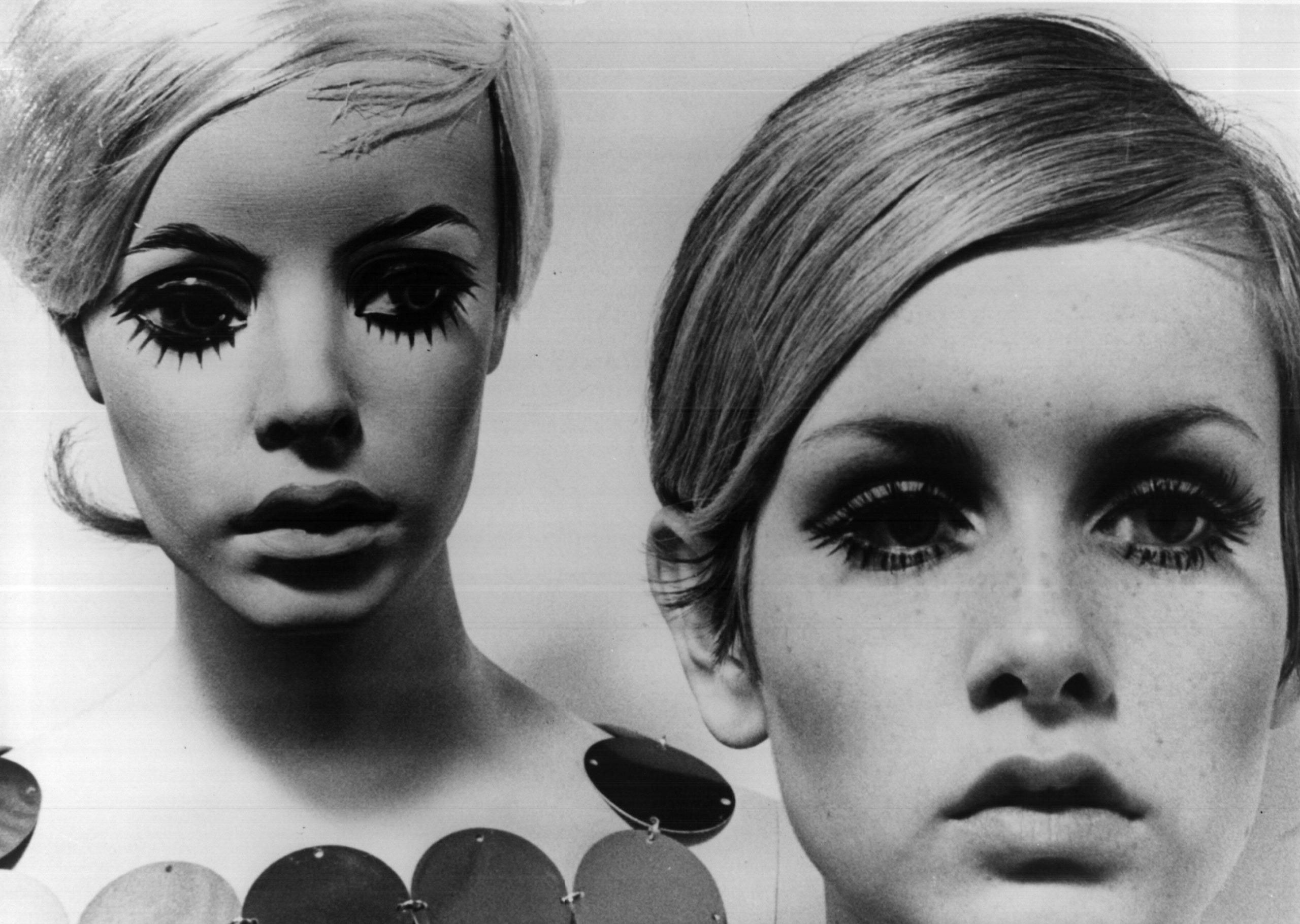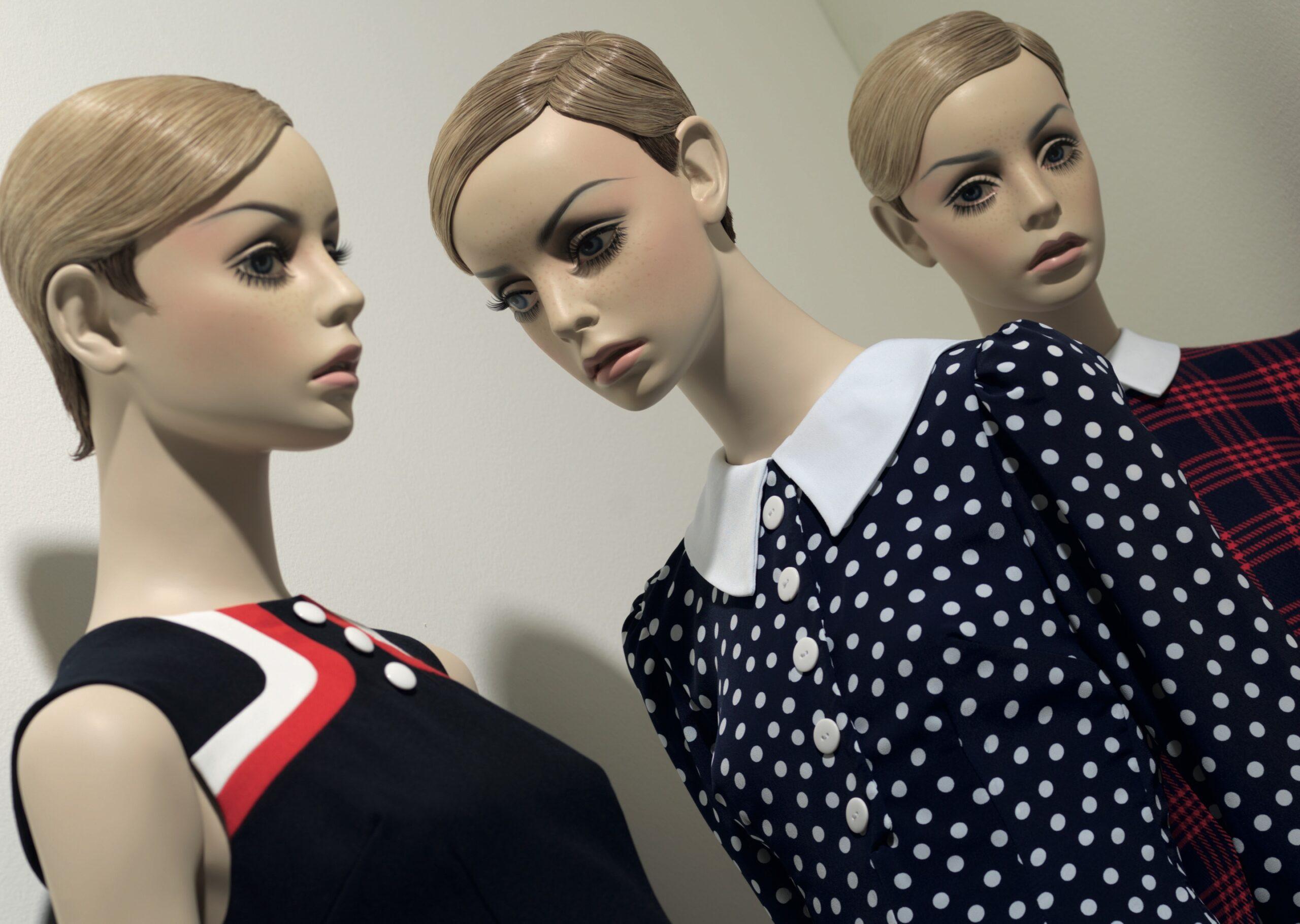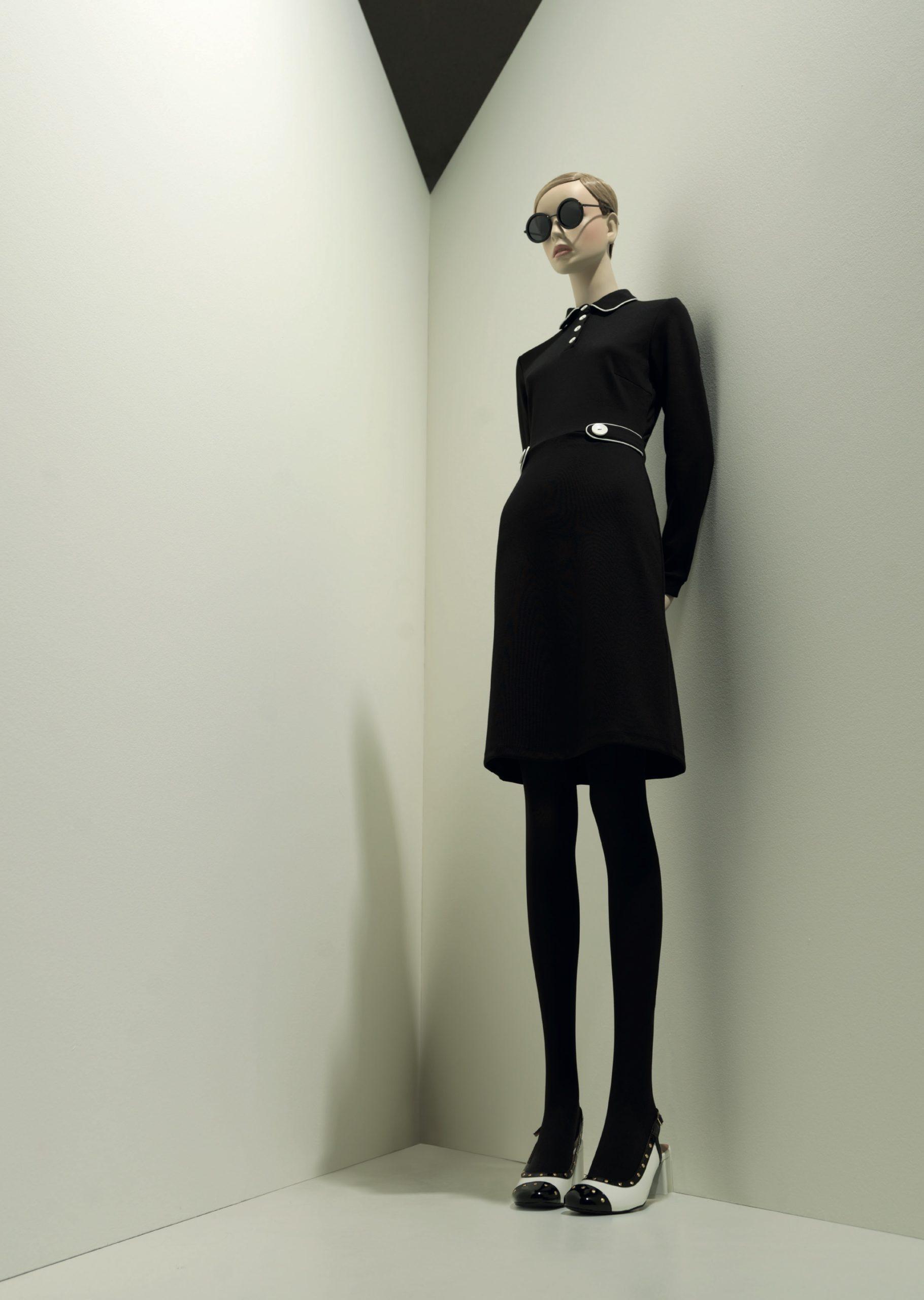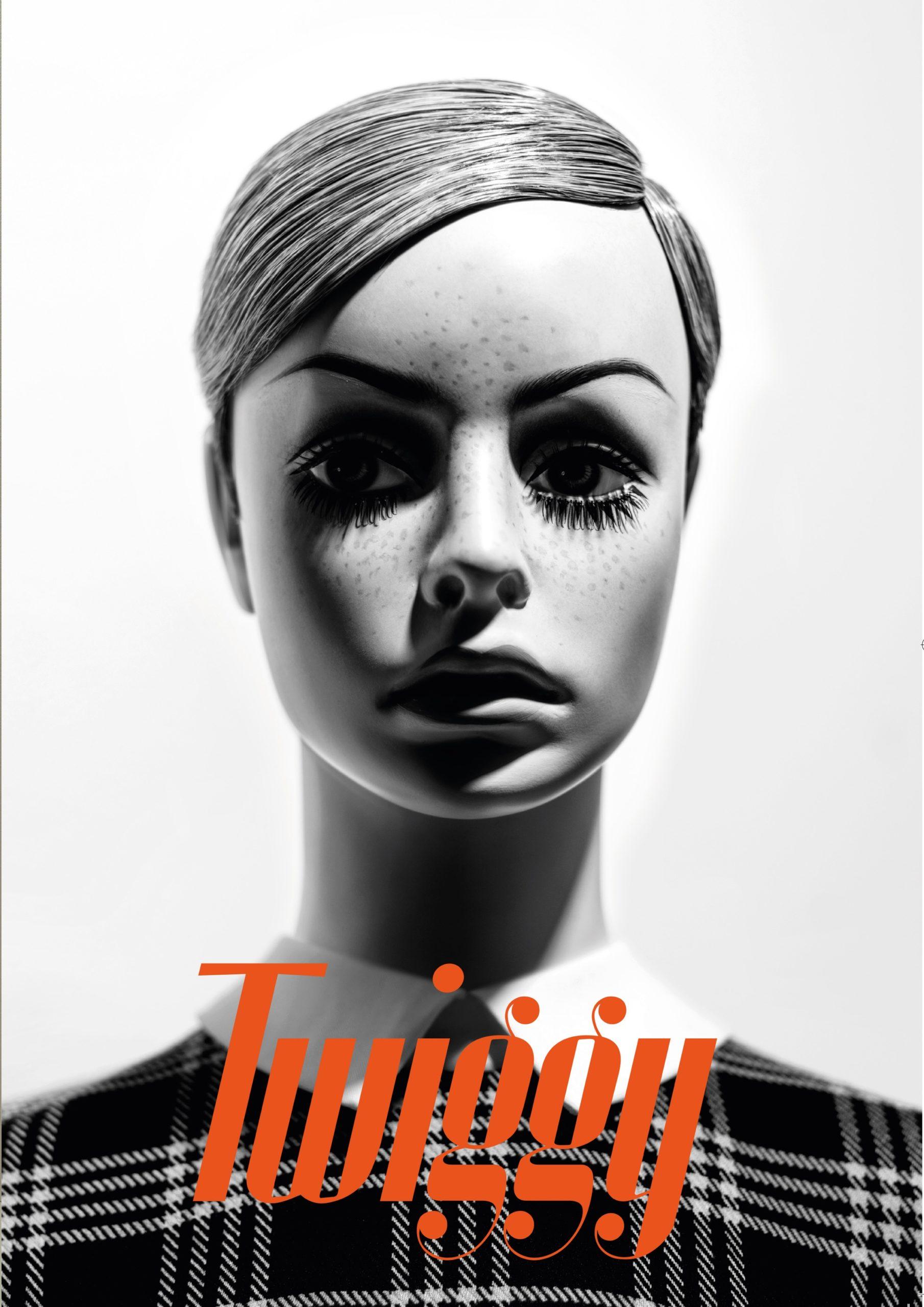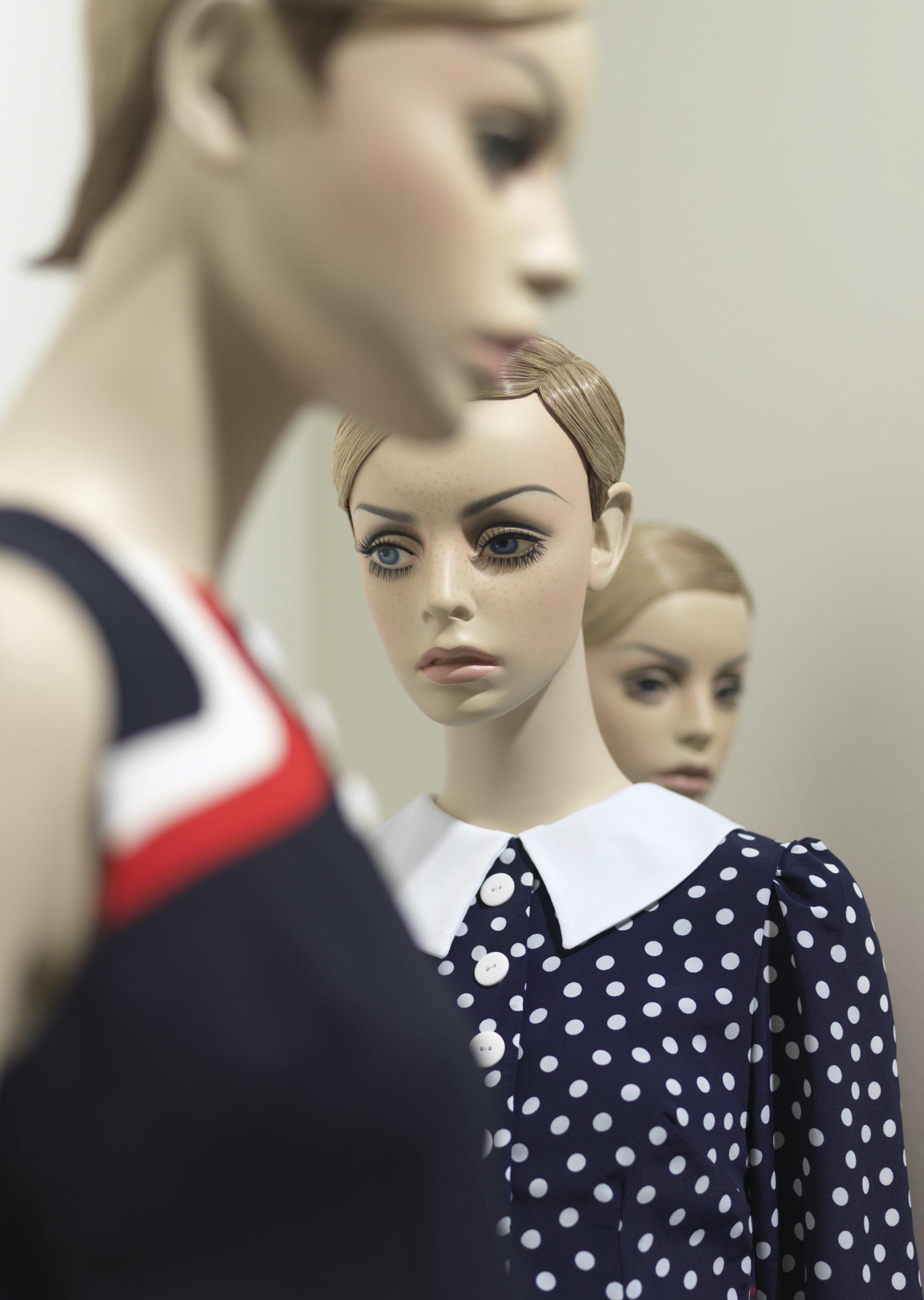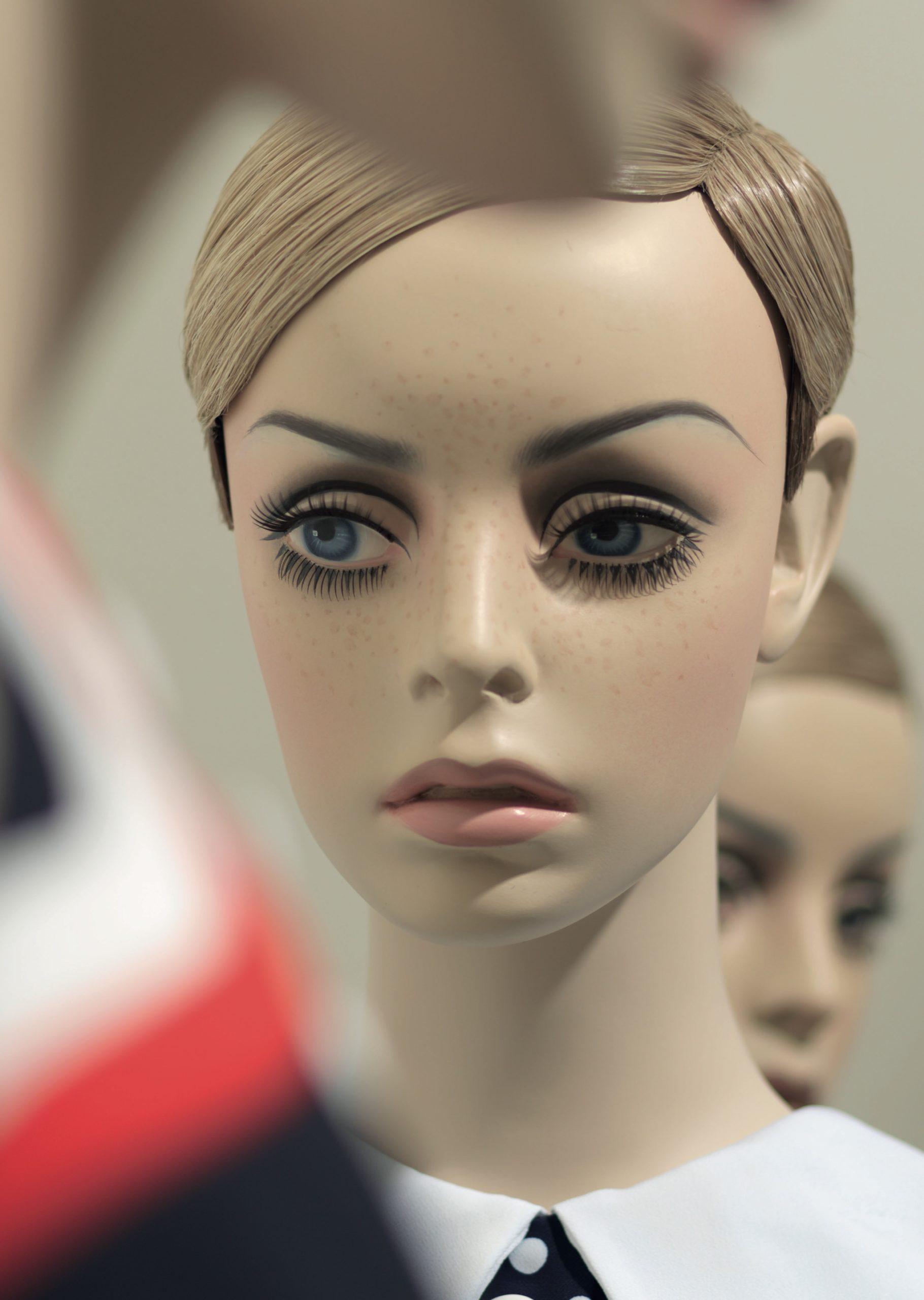In order to appreciate the present, we must look to the past. In this case it is the late 1950s and Adel Rootstein has just embarked on a lifetime’s journey creating the now iconic, Rootstein mannequin brand. Her subsequent work would establish her as an industry trailblazer, a highly respected figure whose innate ability to identify and capture cultural moments set her apart from her contemporaries.
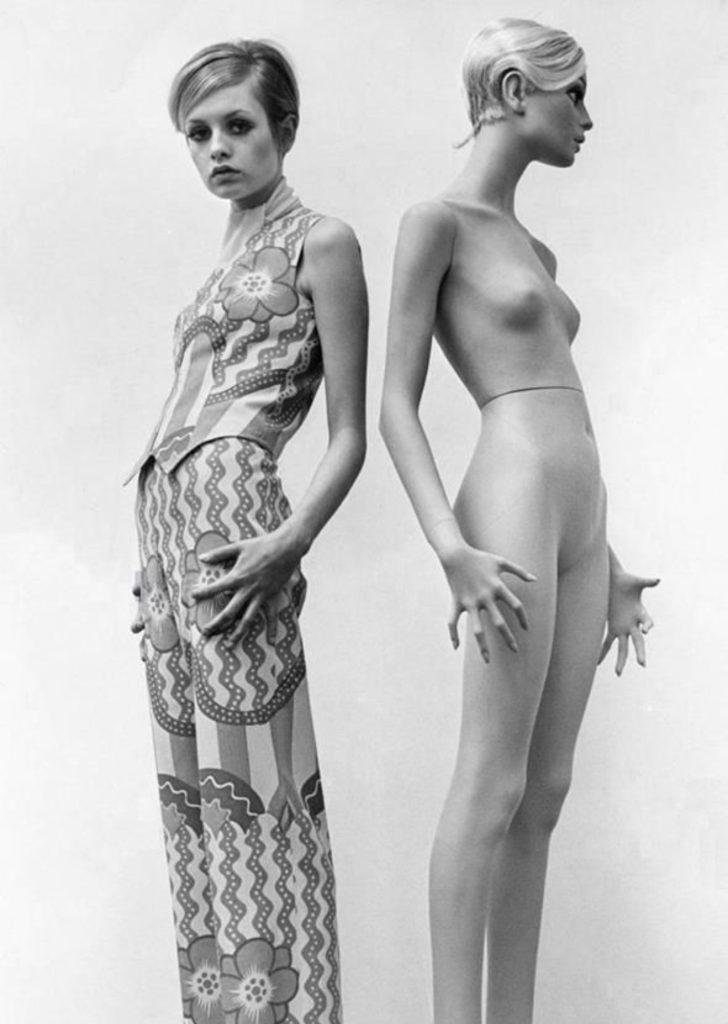
Adel Rootstein was always one step ahead; she foresaw fashion, identifying the personalities that were emerging as foundation examples of a changing industry. Her very first creations epitomise the dynamism and energy of 1960s London influencing an entire generation of global fashionistas. She was a modernist in her time and a was able to bridge the divide between fashion photography and what was presented on the high street.
England and London are at the centre of Rootstein’s world where a radical shift in cultural expression is laying the foundation of a new aesthetic in fashion. Alongside the remarkable change in garment shapes are the emerging personalities of stage, screen and magazine. These are people that break the mould and offer contemporary, free spirited alternatives to a post-war generation.
It is this environment that Rootstein develops her craft, drawing from the dynamism of a new fashion creative and the energy of its proponents; Biba and Mary Quant. These are designers that are searching for alternative forms of presentation and Rootstein is there offering them exactly that. For the first time, designers are able to display their garments on mannequins that wholly represent their intent; with shapes, figures and atmospheres that truly represent their generation. From magazine shoots to the vibrant atmosphere of Carnaby Street and the King’s Road, Rootstein’s mannequins represented this cool new youth culture.
Adel Rootstein was always one step ahead; she foresaw fashion, identifying the personalities that were emerging as foundation examples of a changing industry.
Rootstein’s mannequins were unique in that they were realistic representations of emerging cultural personalities. The shape, pose, face, makeup and hair are all highly considered features that make it easy for viewers to make a connection with the model behind the mannequin.
One such personality, and the subject of Rootstein’s very first mannequin collection, is Twiggy, a diminutive 17 year old whose mannequin encapsulates the spirit of the teenager. With a height of just over 1.60 m, size 40 and an unusual pose she is a perfect reproduction of the iconic model. With her slender physique, her big fawn eyes and her “boyish” haircut, Twiggy became an emblem of change and a symbol of rebellious youth culture.
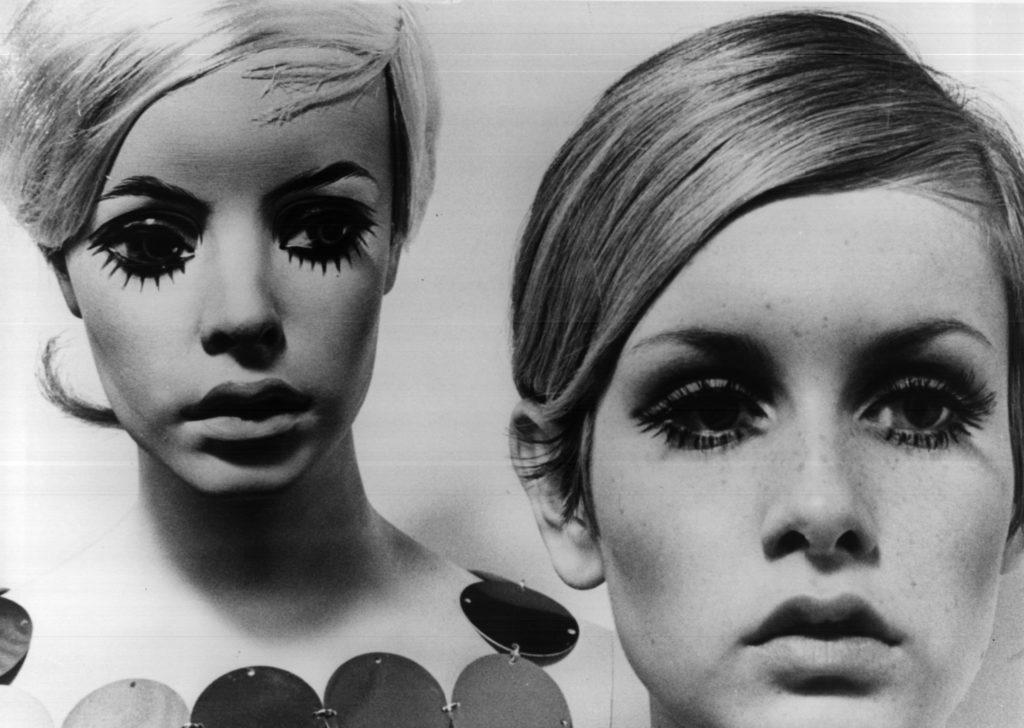
In that first collection, modelled on Twiggy, we see how the values of an entire era, an aesthetic and vibrant culture would go on to influence the wider world.
John Taylor, the sculptor of the Twiggy collection was able to give life to this first mannequin with realistic magnetism: his artistic sensitivity contributed to the definition of one of Rootstein’s most emblematic collections.

Fast forward 6 decades and Rootstein’s past and future are folding into the present like a time machine of creativity. Of course, time travel isn’t limited to movies and novels; with hindsight we’re able to look to the past for future inspiration and it is with this in mind that we are proud to be able to release a new Twiggy collection.
It is the dawn of a new beginning for Rootstein, one in which we are extremely honoured to be able to define. With the acquisition of the Rootstein brand and the re-release of this iconic collection we aim to reset the course of the company.
Andrea Bonaveri
Exploring the Rootstein historical archive – an extraordinary heritage of models, samples, moulds, drawings, photographs, artist proofs, original documents of the time – we are taken on a journey back in time, not only of the life of a brand, but also that of the entire mannequin sector and its ongoing relationship with aesthetic standards and fashion.

In rediscovering the appearance and forms of Imogen Woodford, Jill Kennington, Patti Boyd, and many more Rootstein characters, one can appreciate the enormous breadth and significance of decades long records of fashion aesthetic.
At the beginning of the 1970s, Rootstein set out to find inspiration from models and personalities who possessed unique and magnetic charm. Marie Helvin, girlfriend of fashion photographer David Bailey, Japanese model pioneer Sayoko, American model Tina Chow and the legendary Pat Cleveland, are the leading figures of those years. They were all models who garnered incredible success, united by an exotic charm that Adel identified as pivotal aspects for an industry seeking novelty.
The models of the 1980s reflect a desire for glamour, charm and power: decadent desires embodied in captivating figures such as those of actress Joan Collins and model Dianne Brill. In the 1990s, emerged the collections dedicated to Yasmine Le Bon, while in the 2000s characters such as Erin O’Connor and Coco Rocha are Rootstein’s muses.
The Rootstein archive is a journey through time, encapsulated in the archive of motionless figures that have animated store windows for many decades. It is precisely this unique heritage that inspired Bonaveri towards acquiring the brand, moved by the desire to transform a formidable aesthetic tradition according to its sensitivity and craftsmanship.
Bonaveri is not new to these types of acquisitions. In 2001, it acquired the iconic Swiss mannequin brand Schläppi, which, under Bonaveri’s seasoned management team, experienced an unprecedented revival and has now become the point of reference for the stylised mannequin.
With the same driving force, Bonaveri set its sights on Rootstein, a company that forged its notable identity as the reference brand for the realistic mannequin. “Rootstein represents a milestone in the evolution of mannequins” – states Andrea Bonaveri, CEO of the Company – “having been the first to give a form to contemporary aesthetics, inspired by models and real-life figures who perfectly embodied the spirit of the time. With this acquisition we were able to make a dream come true. It is our intention to embrace this legacy and elevate it to a new splendour, updating it with our aesthetic sensibility and manufacturing capability. This acquisition is the expression of a strategy that has led us to acquire the world’s top player in the realistic mannequin market”.

We now turn our attention to back to Twiggy and her irreverent gaze. Nestled within this unusual silhouette is an enigmatic personality, radiating charm from her distinctive and instantly recognisable expression. Our time travel is almost complete; a full circle journey for Twiggy who’s appearance defined the 1960s and will again bring joy to a new audience today.
The new Twiggy collection includes hair and makeup that personifies the famous model: the motif on the eyelids, as well as the drawn eyelashes, without forgetting the freckles that contributed to giving it that cheeky and youthful air. The soft shade of the mannequin is re-proposed with a light finish, in Pale Cameo colour.
A great labor of love has been carried out in the Bonaveri workshop, to marry the spirit of the past with needs of the present. Twiggy’s new silhouette is a contemporary interpretation of a new era, whilst still honouring the spirit of the original.
Our makeup artists have added delicate touches through distinctive makeup and hairstyles that reference the original soul of the mannequin.

The result is a figure that embodies the spirit of our times, one that contains the essence, magnetism and the allure of the original form. Even in the world of realistic mannequins, reality is never an objective. The creative process intervenes and calls for an original interpretation of an emblematic symbol.
Hidden within this story is an artistic mediation that reworks the future chapters of our very first Rootstein collection.
